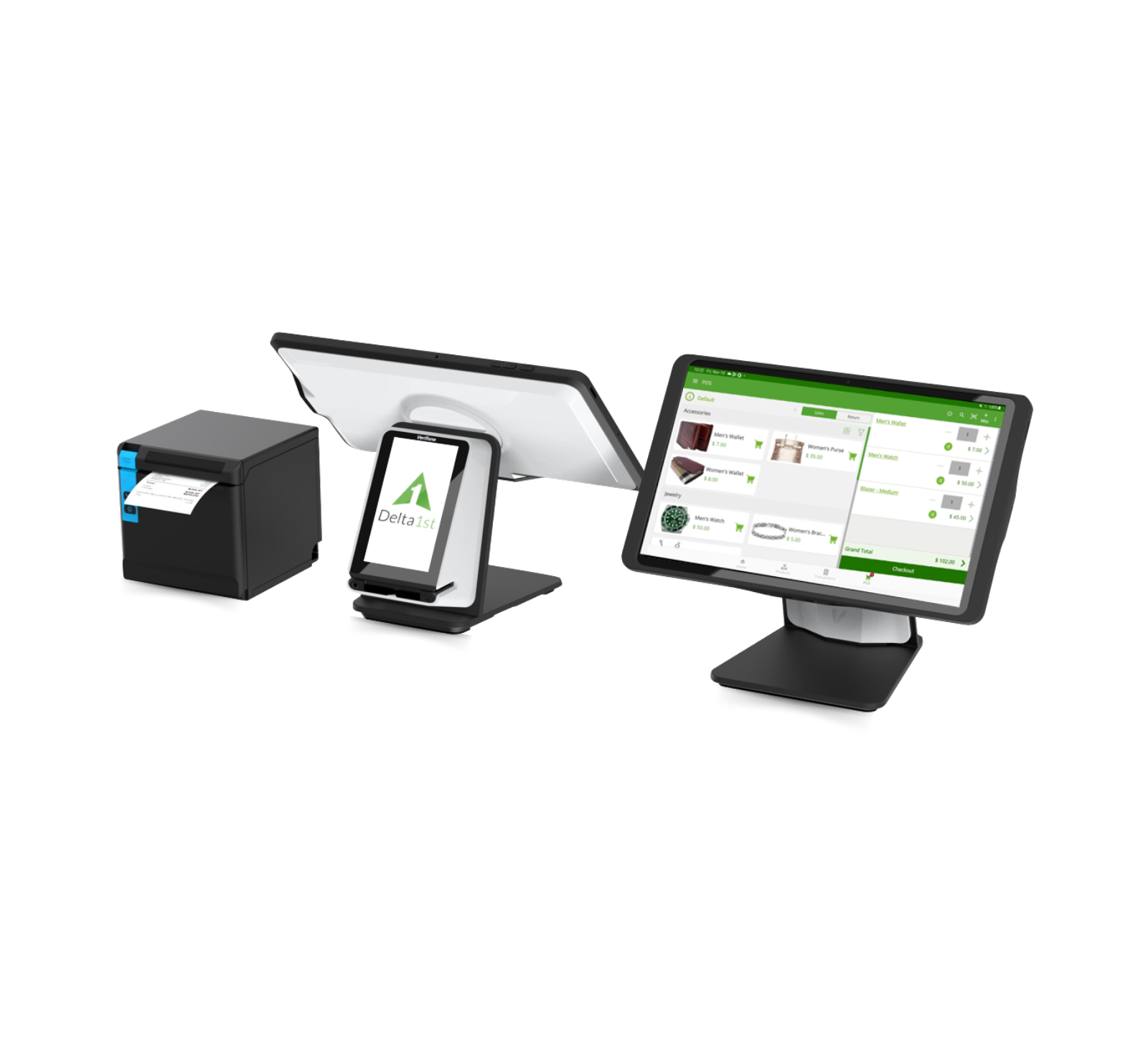Just How POS System Functions: A Comprehensive Overview for Entrpreneurs

Comprehending the Components of a POS System

Just How Sales Purchases Are Processed
When a client decides to make an acquisition, the sales transaction starts a collection of organized steps within the POS system. The cashier inputs the things being bought, which are checked with a barcode viewers or manually gone into. This activity retrieves product information, consisting of rates and suitable taxes, from the system's database.Next, the client is offered with the overall amount due. The POS system then processes the payment, whether via money, charge card, or mobile payment approaches (Restaurant POS Software). For digital payments, the POS securely interacts with payment processors to authorize and validate the transaction.Once the payment is verified, the system produces a receipt, which can be printed or sent electronically. This invoice acts as receipt for the consumer. Lastly, the transaction information is recorded in the system, making sure exact sales documents and financial monitoring for business
Inventory Administration and Monitoring

Reliable supply administration and tracking are vital parts of a POS system, as they ensure that services preserve optimal supply degrees and minimize inconsistencies. A robust POS system permits real-time inventory updates, showing sales and returns instantly. This makes it possible for company owner to monitor supply degrees precisely, guaranteeing that prominent things are readily offered while avoiding overstocking of much less preferred products.Additionally, advanced POS systems use attributes such as computerized stock alerts and reorder recommendations, improving the purchase process. Barcoding and RFID modern technology boost accuracy in tracking inventory activity, decreasing human error. Comprehensive reporting devices supply insights into stock turnover rates, assisting organizations make educated decisions concerning acquiring and product offerings. Inevitably, reliable stock administration via a POS system not only boosts functional effectiveness yet also boosts customer contentment by making certain item accessibility.
Evaluating Client Data and Insights
Client data evaluation acts as an effective tool for services making use of a POS system (Restaurant POS Software). By accumulating and taking a look at purchase data, organizations can reveal beneficial insights about consumer habits and preferences. This evaluation allows them to recognize purchasing trends, peak buying times, and popular products, therefore informing inventory choices and marketing strategies.Additionally, services can sector their customer base, permitting customized advertising initiatives that accommodate details demographics or purchasing behaviors. Recognizing client commitment patterns also aids in establishing targeted benefits and promotions programs.The information amassed from a POS system can additionally disclose understandings right into customer responses, enabling services to make enlightened decisions regarding product offerings and service enhancements. Ultimately, leveraging consumer information successfully can improve the general buying experience, foster customer satisfaction, and drive income development
Benefits of Applying a POS System

Frequently Asked Concerns
What Sorts Of Organizations Can Take Advantage Of a POS System?
Various companies take advantage of a POS system, including retailers, restaurants, beauty salons, and ecommerce systems. These systems simplify transactions, inventory monitoring, and consumer data, enhancing operational effectiveness and enhancing client experience across diverse industries.
Just how Much Does a POS System Usually Price?
The expense of a POS system commonly varies from a couple of hundred to numerous thousand bucks, depending upon features, equipment, and software application. Businesses should think about continuous charges for maintenance, assistance, and deal processing when budgeting.
Can I Incorporate a POS System With Existing Software Program?
Integrating a POS system with existing software program is commonly possible. Numerous systems supply APIs or integrated compatibility functions, allowing organizations to improve procedures and boost performance by connecting numerous software applications click for more info effectively.
What Training Is Needed for Staff to Utilize a POS System?
Training for personnel to use a POS system commonly includes understanding software program performances, refining deals, taking care of inventory, and taking care of customer interactions. Practical demonstrations and hands-on session enhance efficiency and self-confidence in operation the system effectively.
What Occurs if the Internet Decreases While Utilizing a POS System?
Purchases may be disrupted if the internet goes down throughout POS system usage. Lots of systems offer offline capacities, enabling fundamental operations to proceed, yet full functionality, including real-time inventory updates, will be restricted. A Point of Sale (POS) system is composed of a number of vital parts that work together to help with transactions and manage company procedures. Efficient supply management and monitoring are important elements of a POS system, as they assure that businesses keep excellent supply degrees and lessen Related Site inconsistencies. Consumer information analysis serves as a powerful tool for services using a POS system. Comprehending client loyalty patterns additionally aids in establishing targeted promotions and incentives programs.The data amassed from a POS system can likewise disclose insights right into consumer responses, allowing businesses to make educated decisions concerning product offerings and solution improvements. Applying a POS system uses numerous advantages that can significantly improve company procedures.